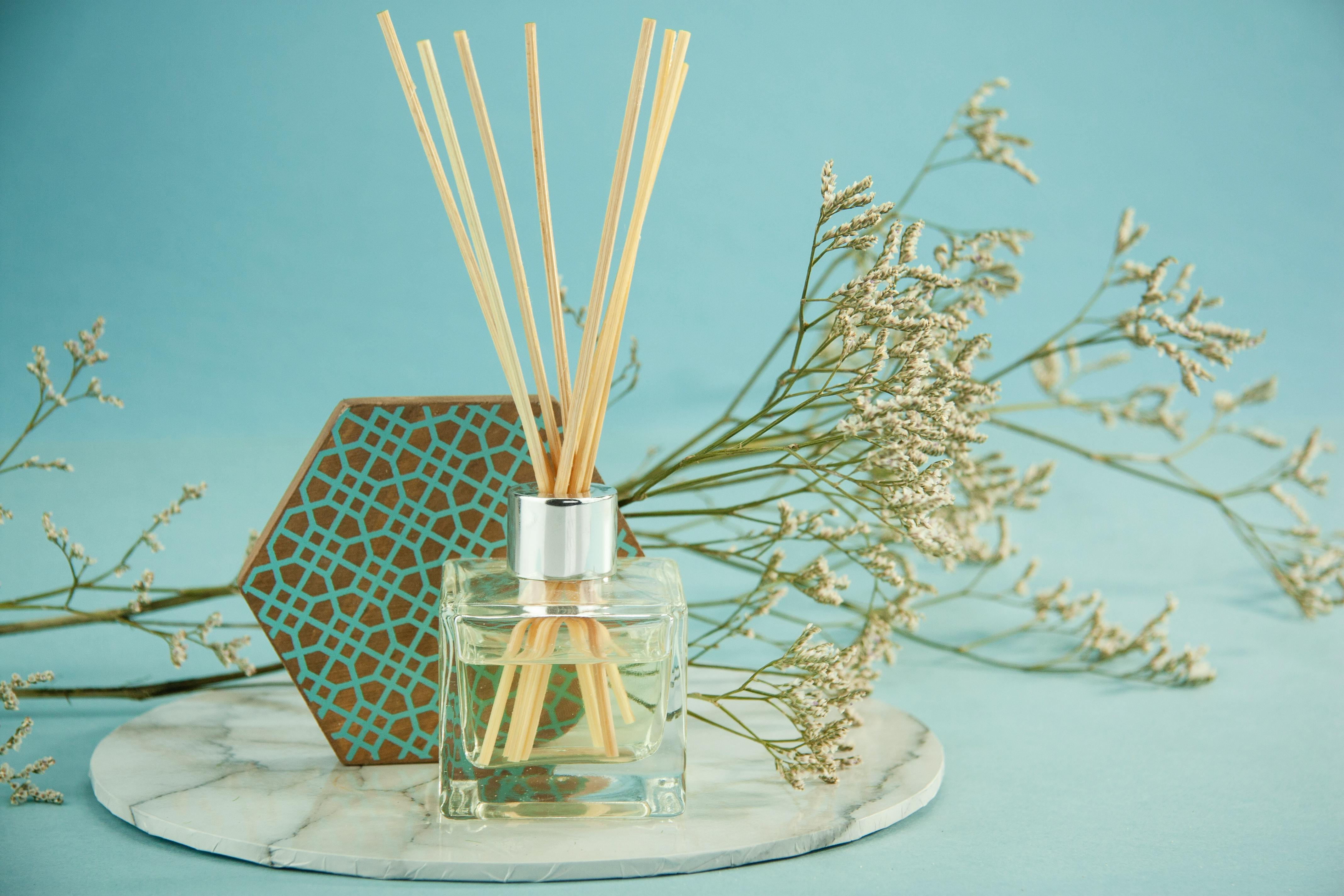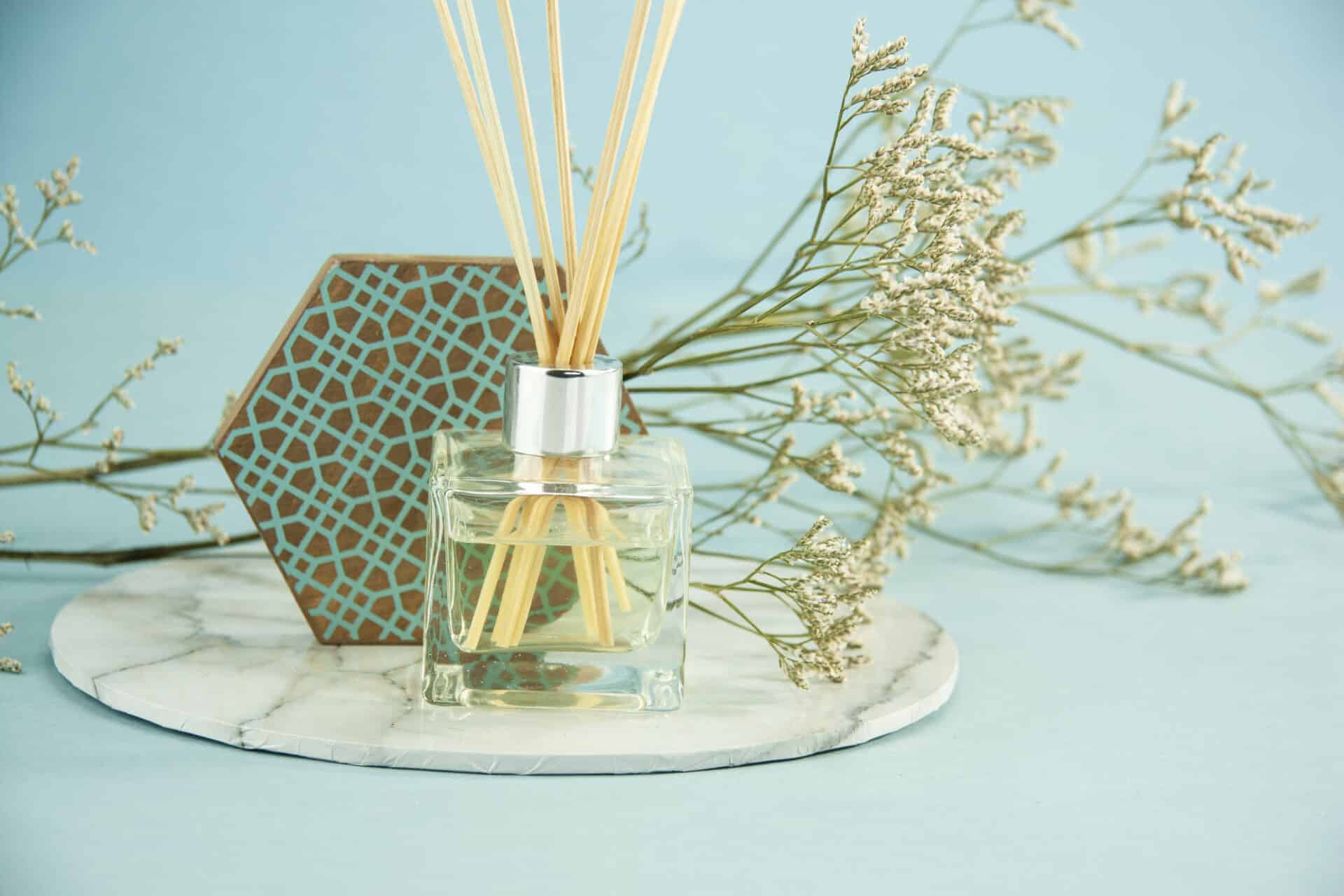Distilling plants for essential oils is a process that has been used for centuries to extract the potent and aromatic compounds found in plants. This process involves heating plant material to evaporate its fragrant compounds, which are then collected and condensed into an essential oil. Distilling essential oils is a relatively simple process, but it requires precision and patience in order to produce a high-quality product. In this guide, we’ll walk you through the steps of how to distill plants for essential oils.Essential oils are highly concentrated plant extracts that contain the natural aroma and healing properties of the plant from which they are derived. They are used in many ways for their therapeutic benefits, including aromatherapy, massage, skin care, and natural cleaning products. Essential oils can be used to help improve mood, relieve stress and promote relaxation. They can also be used to treat skin conditions, reduce inflammation, and boost energy levels.
Collecting Plant Material for Distillation
Distillation is a process of collecting essential oils from plant materials. The process involves heating the plant material and collecting the condensation that results from the steam. Collecting the right type of plant material for distillation is important to getting the desired end product. Different plants produce different types of essential oils, so it is important to know what kind of plants to look for and where to find them.
When collecting plant material for distillation, it is important to look for fresh, healthy plants that have not been exposed to pesticides or other chemicals. If possible, try to collect the plant matter when it is in bloom as this will yield a higher concentration of essential oils. The best time to collect plants is in the morning when they are still damp with dew. This helps preserve their natural fragrance and makes collecting them easier.
It is also important to consider where you are collecting your plants from. Wild-crafted plants can be collected from their natural growing areas, but make sure you follow all local regulations regarding harvesting wild plants. Cultivated plants can be collected from nurseries or gardens, but make sure you
Preparing Plant Material for Distillation
Distillation is a process used to separate different components of a liquid mixture through evaporation and condensation. In the case of essential oils, the plant material is heated to extract volatile compounds. Preparing the plant material correctly is essential in order to ensure that the distillation process runs smoothly and produces a high quality product.
The first step in preparing plant material for distillation is selecting the right materials. It is important to choose fresh, healthy plants that are free from disease or pests. The timing of harvest can also affect the quality of the essential oil produced, so it is important to choose plants that are at their peak of maturity and ready for harvest.
Once you have selected the right materials, it is time to prepare them for distillation. The plant material should be cleaned properly by removing any dirt or debris that may affect the quality of the oil produced. The size and shape of the plant material will also affect how efficiently it can be distilled, so it should be cut into small pieces or shredded before being placed in the still.
Finally, it is important to store the prepared plant material properly before dist
Choosing the Right Distillation Equipment
When it comes to distillation, choosing the right equipment can be the difference between success and failure. There are many different types of distillation equipment available, and each type has its own advantages and disadvantages. It is important to understand the different types of distillation equipment, their applications, and what makes them suitable for a given application. In this article, we will explore the various types of distillation equipment and how they can be used to achieve successful results.
The most basic type of distillation equipment is a still. This type of equipment is typically used for making distilled spirits such as whiskey or vodka. A still consists of a boiling chamber, a condenser, and a collection container. The boiling chamber heats up the liquid mixture and vaporizes it. The condenser then cools the vapors back into liquid form which can then be collected in the collection container.
Another type of distillation equipment is vapor compression distillers. These machines use mechanical compression to create high-pressure steam which is then used to heat up liquid mixtures. As the pressure increases, the temperature
Setting Up the Still for Distillation
Distillation is a process used to purify liquids by separating the components of a liquid mixture. A still is a device used for this process, and it can be set up in several different ways. The type of still chosen will depend on the desired end product and the desired purity of the liquid being distilled.
When setting up a still for distillation, it is important to ensure that all parts are securely fitted together, and any valves or hoses must be properly sealed. The most common type of still used for distillation is a pot still, which consists of a pot, an attached lid, and a condenser. Once assembled, the pot should be filled with the desired liquid mixture to be distilled.
The next step in setting up a still for distillation is to attach the condenser. The condenser should be connected to both the pot and an external heat source so that it can heat up and cool down quickly during the distillation process. It is important to ensure that all connections are secure before beginning the distillation process.
The final step

The Process of Steam Distillation
Steam distillation is a process used to extract essential oils from plant material. It works by heating the plant material to release the essential oils, which are then condensed into a liquid. This liquid is then collected and separated from the plant material. The process of steam distillation has been used for centuries to create essential oils, and it is still one of the most common methods used today.
The process begins by heating the plant material in a still, which releases the essential oils from the plant material into a vapor. The vapor is then passed through a condenser, which cools it down and turns it back into a liquid. This liquid contains both water and essential oils, and must be separated before it can be used. This is done by using an oil separator or a centrifuge, which separates the two components based on their different densities. Once separated, the essential oil can be collected and stored for future use.
Steam distillation is an effective way of extracting essential oils from plant material because it allows for gentle extraction without destroying or altering the chemical composition of the oil. It also allows for large quantities of oil to be extracted
Distillation Process
The process of distillation is one of the most commonly used methods for cooling and separating essential oils from hydrosols. This process involves heating and vaporizing the volatile aromatic compounds in the hydrosol, allowing them to pass through a condenser and be collected in a separate container. The resulting essential oil is then cooled and separated from the hydrosol. This method is most effective for getting the highest yield of essential oil from hydrosols with low concentration of aromatic compounds.
Cold-Press Extraction Process
Another method for cooling and separating essential oils from hydrosols is cold-press extraction. This process involves pressing the hydrosol into a fine mesh material in order to extract the essential oil. The result is an essential oil with a higher concentration than what can be achieved through distillation. However, this method yields much less of an essential oil than distillation, making it less economical.
Centrifugation Process
Centrifugation is another method used to cool and separate essential oils from hydros
Storing Essential Oils Properly
Essential oils are incredibly powerful and potent, and they need to be stored properly in order to retain their therapeutic benefits. Poorly stored essential oils can become degraded, lose their potency, and even become hazardous. Here are some tips for storing essential oils properly:
Always store essential oils in a cool, dark place. Direct sunlight or any other kind of heat can damage the oil and cause it to degrade. Never store them in a bathroom or kitchen as these areas tend to be warm and humid.
Keep essential oils away from children and pets. Essential oils should always be stored out of reach of children and pets as they can cause serious harm if ingested or applied directly on skin without proper dilution.
Make sure the lids on your essential oil containers are secured tightly. Store the bottles with the lids tightly sealed in order to prevent evaporation of the oil’s volatile compounds. Also, make sure that you don’t overfill the bottles as this could lead to spillage or leakage of the oil.
Conclusion
Distilling plants for essential oils is a simple process that requires knowledge of the right equipment, understanding of the amount of plant material needed, and knowledge of the time needed to complete the distillation. The process is relatively straightforward and can be done with minimal effort. Essential oils are highly concentrated compounds that can provide many benefits when used properly and safely.
When using essential oils it’s important to know their properties and potential interactions with any medications you may be taking. It’s also important to remember that essential oils are highly concentrated and can cause harm if used improperly. It’s important to always dilute them properly before use and to follow the instructions carefully.
Overall, distilling plants for essential oils is a rewarding experience that can provide many benefits when done correctly and safely. It’s important to research the plant material thoroughly and use appropriate equipment in order to produce quality essential oil products.
With careful consideration, distilling plants for essential oils can be an exciting project that yields satisfying results!

